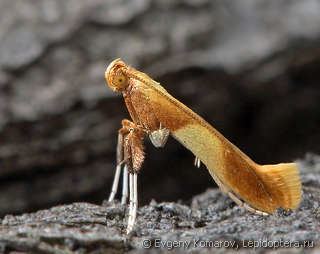Scientific name Gracillariidae Order Butterflies and moths | Superfamily Gracillarioidea Rank Family | |
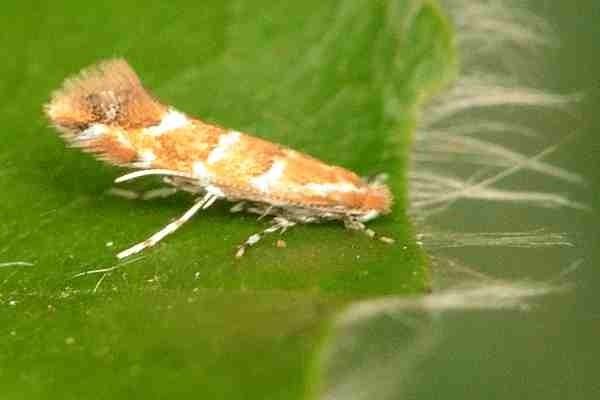 | ||
Lower classifications Phyllonorycter, Horse‑chestnut leaf miner, Phyllocnistis citrella, Caloptilia, Acrocercops | ||
Gracillariidae is an important family of insects in the order Lepidoptera and the principal family of leaf miners that includes several economic, horticultural or recently invasive pest species such as the horse-chestnut leaf miner, Cameraria ohridella.
Contents
- Taxonomy and systematics
- Distribution
- Identification
- Life history
- Larval hostplants
- Fossils
- Subfamilies and genera
- References
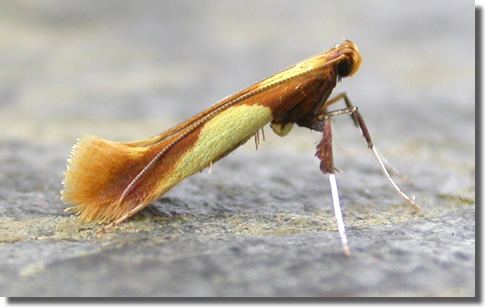
Taxonomy and systematics

There are 98 described genera of Gracillariidae (see below). A complete checklist is available of all currently recognised species (de Prins and de Prins 2005). There are many undescribed species in the tropics but there is also an online catalogue of Afrotropical described species [3]; the South African fauna is quite well known. Although Japanese and Russian authors have recognised additional subfamilies (de Prins and de Prins, 2005), there are three currently recognised subfamilies, Phyllocnistinae of which is likely to be basal. In this subfamily, the primitive genus Prophyllocnistis from Chile feeds on the plant genus Drimys (Winteraceae), and has leaf mines structurally similar in structure to fossils (Davis, 1994) (see "Fossils"). While there have been some recent DNA sequence-based studies of Palaearctic species (Lopez-Vaamonde et al., 2003, 2006), there is need for a satisfactory modern global phylogenetic framework for the subfamilies of Gracillaridae. Some genera are very large, e.g. Acrocercops, Caloptilia, Cameraria, Epicephala and Phyllonorycter.
Distribution
Gracillariidae occurs in all terrestrial regions of the World except Antarctica.
Identification
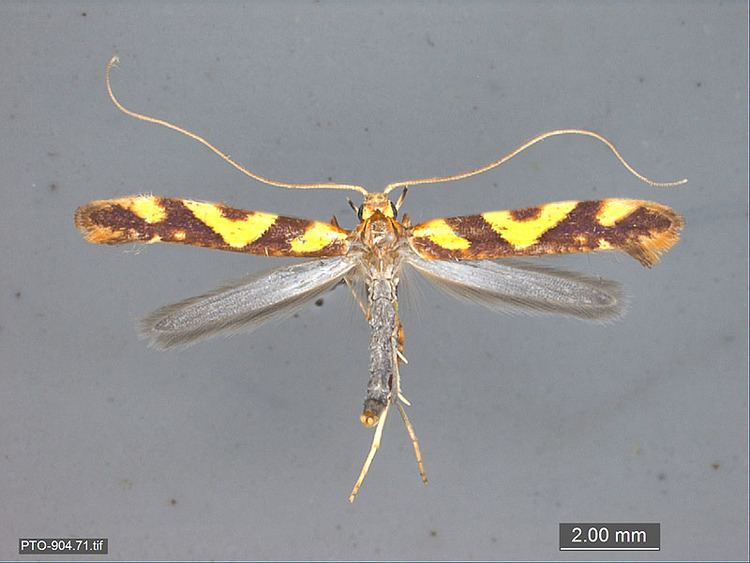
These generally small (wingspan 5–20 mm) moths are leaf miners as caterpillars, which can provide a useful means of identification, especially if the hostplant is known. The subfamilies differ by the adult moth resting posture (Davis and Robinson, 1999). Most Gracillariinae rest with the front of the body steeply raised; Lithocolletinae and Phyllocnistinae rest with the body parallel to the surface; in Lithocolletinae often with the head lowered.
Life history

The first to fifth-instar larvae are flattened and possess specialised mouthparts adapted for feeding on sap. Older-instar larvae are cylindrical and have normal chewing mouthparts for feeding on plant tissue within the leaf mines, and have a fully functional silk-producing organ, the "spinneret". Some genera have an intermediate stage in this remarkable hypermetamorphosis (Davis and Robinson, 1999).
Larval hostplants
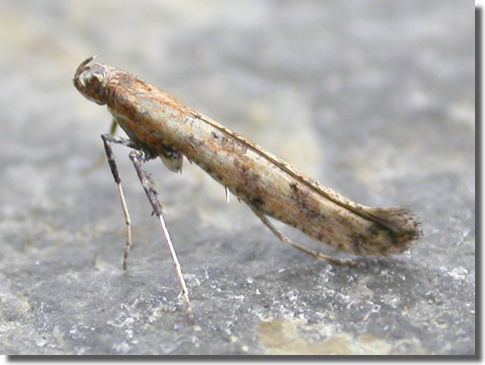
Many hostplants are known, generally dicotyledonous trees or shrubs. Patterns of hostplant shifting have been inferred for many United Kingdom species in the genus Phyllonorycter and its sister genus Cameraria (Lopez-Vaamonde et al., 2003). A recent DNA sequencing study mainly of Palaearctic species has shown that the burst of evolutionary adaptive radiation occurred long after that of the larval hostplants, rather than demonstrating a tight coevolutionary process (Lopez-Vaamonde et al., 2006).
Fossils

The family is an old one, with fossil Phyllocnistinae mines known from 97-million-year-old rocks in Kansas and Nebraska (Labandeira et al. 1994). There are other fossil mines known from rocks of Eocene and Miocene age (de Prins and de Prins, 2005). There are also two adult moths known from Lithuanian or Baltic amber of Eocene age: Gracillariites lithuanicus Kozlov, 1987 and G. mixtus Kozlov, 1987) (de Prins and de Prins, 2005).
Subfamilies and genera
